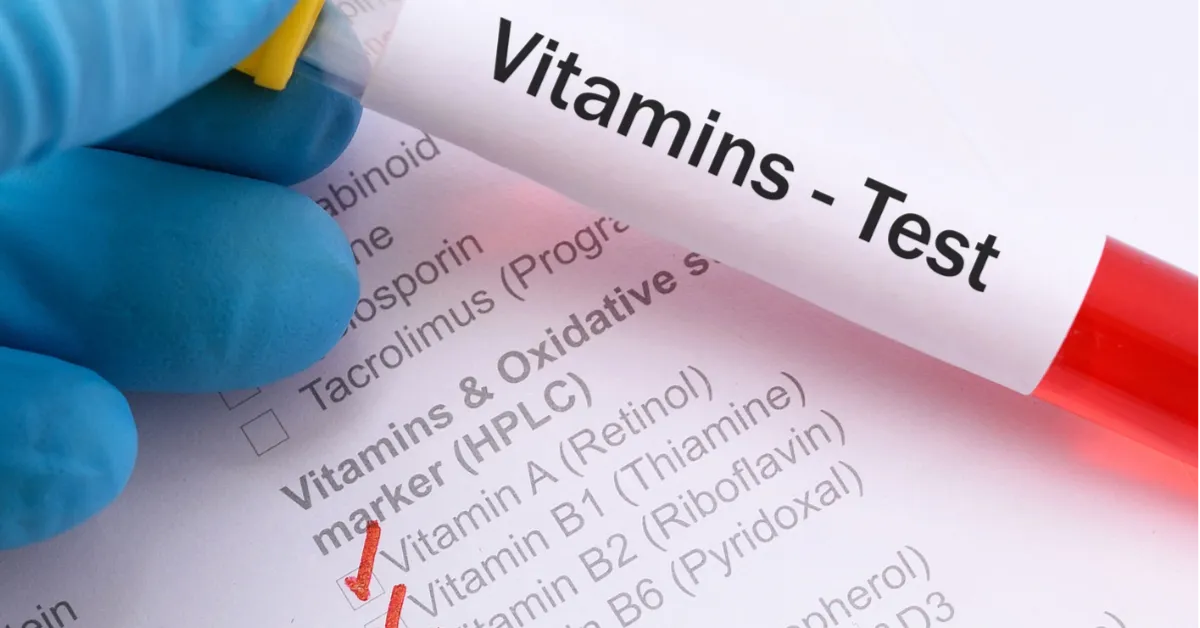AOAC 960.46 Folic Acid (B9) Analysis in Grain-Based Foods
The AOAC International Standard Method 960.46 is a widely recognized procedure for the determination of folic acid, also known as Vitamin B9, in grain-based foods such as cereal products, pasta, and flour. This method provides accurate and reliable results that are crucial for ensuring compliance with international standards and regulatory requirements.
Folic acid plays a vital role in human health, especially during pregnancy where it supports the development of fetal neural tissue. Regulatory bodies like the Food and Drug Administration (FDA) mandate the fortification of grain-based foods with this essential nutrient to prevent deficiencies that can lead to serious health issues such as spina bifida.
The AOAC 960.46 method involves a series of steps designed to ensure accurate measurement of folic acid content. Initially, samples are prepared by dissolving the food matrix in appropriate solvents before undergoing extraction procedures to release the vitamin from its bound form. The extracted solution is then analyzed using high-performance liquid chromatography (HPLC) with fluorescence detection.
The precision and accuracy of this method have been validated through rigorous validation studies, ensuring that it meets the stringent requirements set by regulatory bodies worldwide. Compliance with AOAC 960.46 helps food manufacturers maintain the expected levels of folic acid in their products, thereby enhancing public health and safety.
Our laboratory adheres strictly to this methodology, providing clients with reliable data that can be used for quality control, compliance verification, and research purposes. By leveraging our expertise in AOAC 960.46 analysis, food companies can ensure they are meeting not only regulatory requirements but also industry best practices.
Our experienced technicians use state-of-the-art instrumentation to conduct these analyses, ensuring the highest level of accuracy and consistency. The results from this method provide valuable insights into the nutritional profile of grain-based foods, helping manufacturers make informed decisions regarding fortification levels and quality assurance processes.
Industry Applications
- Fortification Monitoring: Ensuring that food products comply with regulations requiring folic acid fortification.
- Nutritional Labeling: Providing accurate data to support the nutritional claims made on product labels.
- R&D Support: Assisting in the development of new formulations and processes for enhancing folic acid content.
The AOAC 960.46 method is essential for food manufacturers looking to comply with international standards such as those set by the FDA, World Health Organization (WHO), and European Food Safety Authority (EFSA). By accurately measuring folic acid levels in grain-based foods, manufacturers can ensure that their products meet these regulatory requirements.
Moreover, this method supports research efforts aimed at understanding the relationship between folic acid intake and health outcomes. This information is vital for developing targeted interventions to improve public health globally.
Customer Impact and Satisfaction
By offering accurate and reliable AOAC 960.46 analysis, our laboratory plays a critical role in supporting the food industry's commitment to quality and safety. Our clients benefit from this service through several key ways:
- Regulatory Compliance: Ensuring that products meet strict regulatory requirements for folic acid fortification.
- Patient Safety: Guaranteeing the health benefits associated with adequate levels of folic acid in grain-based foods.
- R&D Enhancement: Providing valuable data to support research and development initiatives aimed at improving product formulations.
We strive to exceed our clients' expectations by delivering timely, accurate results and offering expert advice on how best to interpret these findings. Our goal is to help food manufacturers make informed decisions that enhance the quality of their products while ensuring compliance with all relevant regulations.
Customer satisfaction is paramount at our laboratory, and we continuously work towards improving our services based on feedback received from our clients. This commitment ensures that we remain a trusted partner in the food industry's journey towards excellence.
Use Cases and Application Examples
- Fortification Monitoring: Regular testing of fortified grain-based foods to ensure consistent levels of folic acid.
- Nutritional Labeling: Verification of the nutritional content declared on product labels.
- R&D Support: Assisting in the optimization of fortification processes and ingredient formulations.
In addition to these core applications, AOAC 960.46 analysis is also useful for detecting potential contamination or adulteration in grain-based foods. This can help prevent the release of products that do not meet expected nutritional standards, thereby protecting both consumers and brand reputation.
For instance, a major cereal manufacturer used our laboratory services to monitor folic acid levels across different batches of their product line. The consistent results from these analyses helped them maintain compliance with regulatory requirements while also ensuring the health benefits associated with adequate folic acid intake for all consumers.





